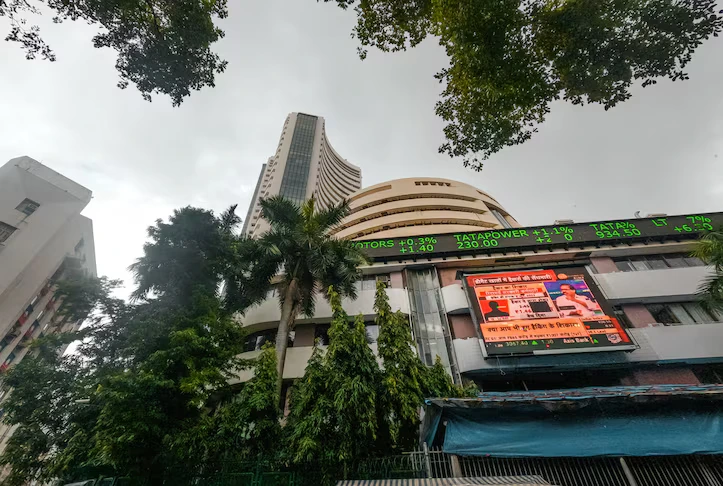Economy news
LPG cylinder price hiked by Rs 50, check latest rates of different cities
On July 6, 2022, oil companies have drastically increased the price of domestic LPG cylinders. The price of the cylinders has been increased by Rs 50. After this, the price of gas cylinders in Delhi has been increased to Rs 1053.

Economy news
ITR filing last date today: What taxpayers must know about penalties and delays
The deadline for ITR filing ends today, September 15. Missing it may lead to penalties, interest charges, refund delays, and loss of tax benefits.
Economy news
India’s GDP surges 7.8% in Q1, outpaces estimates and China
India’s GDP surged 7.8% in Q1 2025-26, the highest in five quarters, driven by strong services and agriculture sector growth, according to NSO data.
Economy news
Sensex falls 600 points, nifty slips 180 as US tariffs hit Indian markets
Indian equity markets witnessed sharp declines as US tariffs on Indian imports took effect. Sensex dropped over 600 points, while Nifty fell nearly 180 points in early trade.
-

 Cricket news22 hours ago
Cricket news22 hours agoT20 World Cup 2026: Selectors weigh Shubman Gill role as India squad announcement awaited
-

 Cricket news23 hours ago
Cricket news23 hours agoIndia vs South Africa 5th T20I: Hardik Pandya, Tilak Varma power India to 30-run win, series sealed 3-1
-

 India News22 hours ago
India News22 hours agoPM Modi inaugurates India’s first nature-themed airport terminal in Assam
-

 India News22 hours ago
India News22 hours agoThick smog engulfs Delhi, flights and trains delayed as air quality slips to very poor
-

 India News23 hours ago
India News23 hours agoAssam train accident: Eight elephants killed after Rajdhani Express derailment in Hojai
-

 Entertainment18 hours ago
Entertainment18 hours agoVeteran Malayalam actor and filmmaker Sreenivasan passes away at 69
-

 Cricket news18 hours ago
Cricket news18 hours agoIndia announces T20 World Cup 2026 squad, Shubman Gill dropped as Axar Patel named vice-captain
















